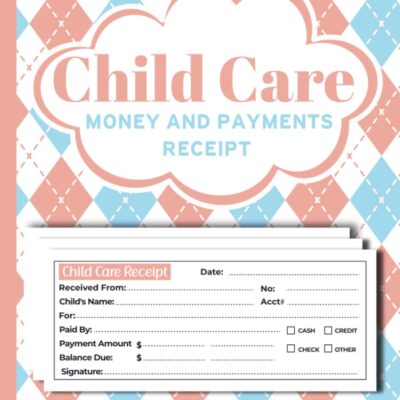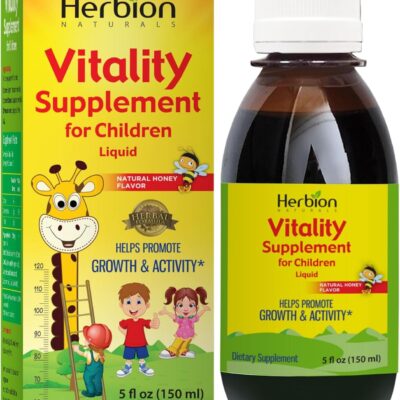
Preeclampsia pregnancy safety is a particular time, but it can also come with health concerns you must watch out for. One of these is pre-eclampsia, a condition that could hurt your health and blood pressure during pregnancy. The good news? If you know what to look for and take the proper steps, you can manage it and protect yourself and your baby. Let’s dive into what pre-eclampsia is, how to spot it, and what you can do about it to keep your pregnancy safe.
What is Pre-eclampsia?
People get pre-eclampsia during pregnancy, most often after the 20th week. Plus, it can hurt organs like your liver and kidneys and raise your blood pressure. It can be harmful to you and your baby if you don’t treat it, so it’s essential to find it early.
Pre-eclampsia can be mild to severe, which makes things tricky. People with mild cases are usually given extra care, but people with severe cases may need more serious care, like giving birth early. To catch problems early, taking care of your health and getting regular checks is essential.
Who’s at risk? Some women have a higher chance of developing pre-eclampsia:
- If it’s your first pregnancy
- If you had pre-eclampsia in a previous pregnancy
- If you’re younger than 20 or older than 40
- If you’re carrying twins or multiples
- If you have existing health conditions like high blood pressure, diabetes, or kidney disease
Symptoms to Watch For
Pre-eclampsia can be tricky because its symptoms can feel like normal pregnancy discomforts. But there are specific signs you need to be on the lookout for.
Common signs include:
- High blood pressure (anything over 140/90 mm Hg)
- Swelling in your face, hands, or feet (some swelling is normal, but this will feel different)
- Severe headaches that don’t go away
- Blurred vision or seeing spots
- You feel pain in your upper belly, mainly on the right side.
- Shortness of breath (this could be due to fluid in the lungs)
Pay attention to the early signs: You might not feel symptoms sometimes, so regular prenatal visits are essential. Your doctor will look at your blood and test your urine for protein, which can indicate that your kidneys aren’t working correctly—a big red flag for pre-eclampsia.
If you notice these symptoms or don’t feel right, it’s always better to call your doctor. Catching it early can make all the difference.
What Causes Pre-eclampsia?
Doctors aren’t entirely sure what causes pre-eclampsia, but it starts with the placenta. During pregnancy, the placenta delivers nutrients and oxygen to your baby. In women with pre-eclampsia, the blood vessels in the placenta don’t develop the way they should, which leads to reduced blood flow and higher blood pressure.
Other factors include:
- Genetics: If your mother or sisters had pre-eclampsia, you might have a higher risk.
- Immune system response: Your body’s reaction to the placenta might trigger pre-eclampsia.
- Nutrition: Some experts believe a lack of specific vitamins or nutrients could play a role.
While we can’t always pinpoint the exact cause, It can be helpful to know what puts you at danger. Stay alert and informed.
How is Pre-eclampsia Diagnosed?
The best way to catch preeclampsia pregnancy safety is through routine prenatal checkups. Your doctor will monitor your blood pressure and check your urine for protein levels.
Here’s what they typically monitor:
- Blood pressure checks: If your blood pressure is 140/90 mm Hg or higher, that’s a sign something might be wrong.
- Urine tests: High protein levels in your urine can indicate that your kidneys aren’t filtering properly, which is often a result of pre-eclampsia.
- Blood tests check how well your liver and kidneys work and measure your platelet levels. Low platelets could point to more severe pre-eclampsia.
Why early detection matters: The earlier you catch pre-eclampsia, the easier it is to manage. Regular prenatal visits are so important, even if you feel fine.
Treatment Options for Pre-eclampsia
If you’re diagnosed with pre-eclampsia, don’t panic. There are several ways to manage it and keep you and your baby safe. The treatment will depend on how far along you are and how severe your symptoms are.
For mild pre-eclampsia, your doctor might recommend:
- You may need to rest more, limit physical activity, or stay in bed.
- These help lower your blood pressure to safer levels.
- Most certainly, your physician will want you to see for more checkups to monitor your health and your baby’s growth closely.
For severe pre-eclampsia, treatment might include:
- Hospitalization: You may need to stay in the hospital so your doctor can monitor you closely.
- Medications: Magnesium sulfate may be given to prevent seizures, and corticosteroids can help speed up your baby’s lung development if early delivery is needed.
- Early delivery: In some cases, delivering your baby early is the safest option for both of you. If your condition worsens after 34 weeks, your doctor might suggest inducing labor.
The goal is to manage your symptoms while keeping your baby safe, but in some cases, delivery is the best solution.
Preventing Pre-eclampsia
While you can’t always prevent pre-eclampsia, there are a few steps you can take to lower your risk and keep yourself healthy throughout pregnancy.
Here’s what you can do:
preeclampsia pregnancy safety is not always preventable, but there are several precautions you may take to reduce your risk and maintain your health throughout your pregnancy.
What you can do is as follows:
Consume a balanced diet: Eat a lot of fruits, veggies, and whole grains with an emphasis. Limit your intake of prepared foods and salt.
Remain hydrated: To support the healthy operation of your kidneys, drink lots of water.
Don’t forget to attend your prenatal visits: It’s crucial to see your doctor on a regular basis. To identify any problems early, they will take your blood pressure and run tests on you.
Handle underlying medical conditions: In order to maintain control over your high blood pressure, diabetes, or renal issues, collaborate with your physician.
Think about supplements: In cases where pre-eclampsia is highly probable, your physician may suggest low-dose aspirin or calcium supplements. In certain situations, these can lower your risk.
Pre-eclampsia cannot be completely avoided, but maintaining good health and scheduling regular checks will help significantly.
Complications if Left Untreated
preeclampsia pregnancy safety can become serious if it’s not treated. That’s why early detection and management are so important.
Possible complications include:
- Eclampsia: This is when pre-eclampsia leads to seizures, which can be life-threatening.
- HELLP syndrome: A rare condition that affects your liver and blood cells, leading to severe complications like liver failure.
- Premature birth: If pre-eclampsia worsens, your baby may need to be delivered early, which can cause complications for the baby, like breathing issues or low birth weight.
- Placental abruption: Now the placenta is separate from the uterus, which can cause heavy bleeding and harm both mother and baby.
These complications are serious, but the good news is that they’re often preventable with proper care and attention.
What to Do if You Suspect Pre-eclampsia
If you notice any symptoms of pre-eclampsia, don’t wait—contact your doctor right away. It’s better to be cautious than to risk your health or your baby’s.
Your doctor will likely:
- Search for signs of in your blood and pee pre-eclampsia
- Perform an ultrasound to monitor your baby’s growth and check the placenta
- Recommend rest or other treatments based on your condition
The most important thing is to trust your instincts. If something feels off, getting checked out is always a good idea. Early action can make a huge difference in keeping you and your baby safe.
Conclusion
While preeclampsia pregnancy safety may appear alarming, it can be effectively managed with the appropriate knowledge and care. Regular prenatal exams, diligent monitoring of your body’s signals, and collaboration with your healthcare provider are the most effective methods for maintaining awareness. If you are uncertain, consult your physician; your health and your child’s are valued.
To guarantee a safe and healthy pregnancy, it is crucial to remain informed and proactive.
If you want to learn my #1 TriLASTIN Maternity Stretch Mark Prevention Cream, Click Here Now.





